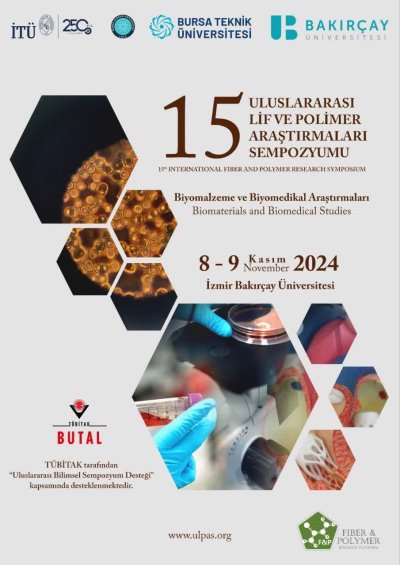0% Complete
Authors :
Keywords :
Abstract :
List of archived papers
Eralp DEMİRCAN - Yunus Furkan BAY
Ezgi Topcu Gürbüz - Canan Öztürk
Halil İbrahim Turgut - Özlem Yarar
Hurrem CANITEZ - Ayse BEDELOGLU
Seyedmansour Bidoki - Ali Demir
Burak SOZEN - Halil I. AKYILDIZ
Mine Türkay Kankıran



